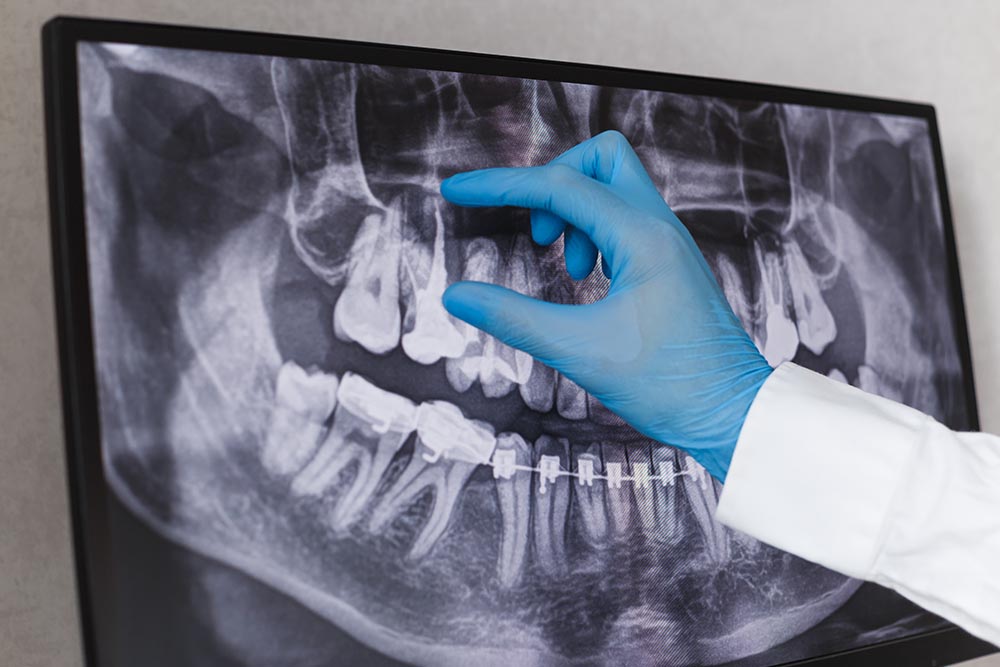The nerve areas in the tooth can become damaged or infected due to reasons such as decay or trauma due to impact. Root canal treatment, also known as endodontic treatment, refers to the removal of the damaged or infected pulp of a tooth, disinfecting the tooth and then re-closing it with a filling. bacteria enter the pulp and begin to multiply there. If left untreated, the bacteria can cause a serious infection or dental abscess, leading to pulp death and bone or tooth loss. In such a case, root canal treatment is applied to the cracked or decayed tooth to save the tooth. The purpose of the treatment is to save or repair an infected or decaying tooth.
After X-rays and preliminary examination, the process starts with the decision of root canal treatment by applying local anesthesia.
During the pulp cleaning process by drilling a hole in the tooth, infection debris, bacteria and decayed nerve tissue in the area are also cleaned. If the dentist thinks that the treatment is successful, after the disinfection process, the canals are filled with a permanent material to prevent contamination.
Permanent filling is performed with dental sealer and a rubber-based material called gutta percha. Calcium hydroxide-based pastes prevent any leakage into the root canal from the outside.
After the filling stage, which is one of the endodontic subjects, is finished, polishing is finally done. All procedures take about 60 minutes. The specialist informs the patient about what to pay attention to.
If the root canal infection is left untreated, the bacteria can cause a serious infection or dental abscess, leading to pulp death and bone or tooth loss. In such a case, root canal treatment is applied to the cracked or decayed tooth to save the tooth. The purpose of the treatment is to save or repair an infected or decaying tooth.








